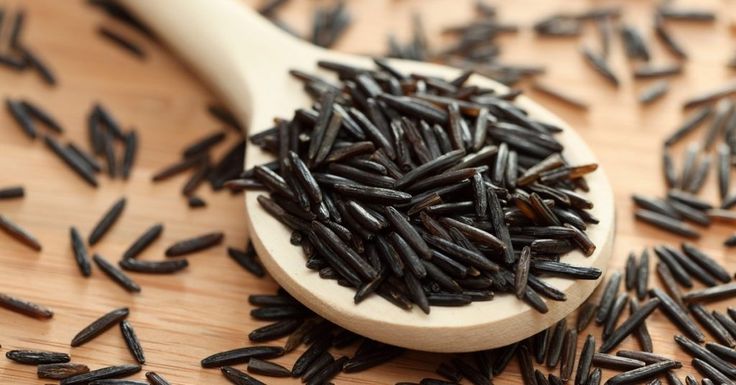Wild rice, often referred to as the “caviar of grains,” is a unique and nutritious food that has been consumed for centuries. Unlike regular rice, wild rice is not actually a type of rice, but rather a type of aquatic grass seed. It has a distinct nutty flavor, chewy texture, and a rich nutritional profile that makes it a popular choice among health-conscious individuals. In this comprehensive guide, we will delve into the nutritional benefits of wild rice and explore whether it is good for you.
Calorie and Macronutrient Content:
Wild rice is relatively low in calories compared to other grains, making it a suitable option for those aiming to manage their weight. A one-cup (164 grams) serving of cooked wild rice provides approximately 166 calories. It is also rich in complex carbohydrates, with about 35 grams per serving, making it a good source of energy.
Protein:
One of the notable nutritional attributes of wild rice is its high protein content. A one-cup serving contains approximately 6.5 grams of protein. This is higher than other common grains, such as white rice or quinoa. Protein is essential for various functions in the body, including muscle development, repair, and the production of enzymes and hormones.
Dietary Fiber:
Wild rice is an excellent source of dietary fiber. A one-cup serving contains around 3 grams of fiber. Dietary fiber is crucial for maintaining a healthy digestive system, preventing constipation, and promoting a feeling of fullness. Consuming an adequate amount of fiber can also help regulate blood sugar levels and lower the risk of heart disease.
Vitamins and Minerals:
Wild rice is packed with essential vitamins and minerals. It is particularly rich in B vitamins, including thiamin, riboflavin, niacin, and vitamin B6. These vitamins play a vital role in energy production, brain function, and the metabolism of macronutrients.
Furthermore, wild rice contains significant amounts of minerals such as phosphorus, magnesium, and zinc. Phosphorus is essential for bone health, magnesium is involved in numerous enzymatic reactions in the body, and zinc is important for immune function and cell growth.
Antioxidants:
Wild rice contains a variety of antioxidants, including anthocyanins. These antioxidants help protect the body against oxidative stress, which can lead to chronic diseases such as heart disease, cancer, and diabetes. The dark color of wild rice is a result of these antioxidants, which are known to have anti-inflammatory properties as well.
Low Sodium and Gluten-Free:
Wild rice is naturally low in sodium, making it a suitable choice for individuals following a low-sodium diet or those with high blood pressure. It is also gluten-free, making it a safe option for individuals with celiac disease or gluten sensitivity.
Cooking and Preparation:
Wild rice has a firm texture and requires longer cooking time compared to regular rice. To prepare wild rice, rinse it thoroughly under cold water to remove any debris. Then, add one part wild rice to three parts water or broth in a saucepan. Bring it to a boil, reduce the heat, cover, and let it simmer for about 45-60 minutes until the rice is tender and the grains have split open. It is important to note that wild rice retains its shape and chewiness even after cooking.
Incorporating Wild Rice into Your Diet:
Wild rice can be used in various dishes to add flavor, texture, and nutrition. It can be enjoyed as a side dish, in soups, salads, stir-fries, or even as a stuffing for vegetables. Combining it with vegetables, lean proteins, and healthy fats can create a well-rounded meal.
Is Wild Rice Good for You?
Considering its nutritional profile, wild rice can be a beneficial addition to a healthy, balanced diet. It offers a good amount of protein, dietary fiber, vitamins, minerals, and antioxidants. The fiber content supports digestion and can aid in weight management, while the B vitamins and minerals contribute to overall health and wellbeing. Its low sodium and gluten-free properties make it suitable for a variety of dietary needs.
However, it is important to note that wild rice, like any food, should be consumed in moderation as part of a varied diet. While it is nutrient-dense, it is still necessary to maintain a balanced intake of other food groups to ensure all nutritional needs are met.
In conclusion, wild rice is a highly nutritious and versatile grain alternative that can provide numerous health benefits. Its protein content, fiber, vitamins, minerals, and antioxidants make it a valuable addition to a well-rounded diet. So, go ahead and incorporate wild rice into your meals for a flavorful and nutritious boost to your overall health and wellbeing.

